Messing with a hornet nest can be dangerous—even if it’s dormant.
Randy Froelich knows this all too well after suffering a serious recoil injury when he shot a nest from a tree in October 2020.
The nest had been hanging from a branch in a maple tree across the road from his Wall Lake home in Delton, Michigan.
A neighbor suggested Froelich try to get the nest.
“It was beautiful,” he said. “But I couldn’t get a ladder to it.”
Froelich wanted the nest as decoration in his wood shop.
Using his shotgun, he zeroed in on a twig holding the nest.
Although he’s an experienced outdoorsman, Froelich didn’t have the butt of his 12-gauge, single-barrel shotgun firmly set against his shoulder before pulling the trigger.
“I know how to shoot it, but I was nervous shooting in the neighborhood because I didn’t want to freak people out because it’s a very loud blast,” Froelich said. “Especially a high-powered gun like that, you’re supposed to plant it on your shoulder so your shoulder can absorb the recoil.
“When I pulled the gun up, it wasn’t planted tight. And as soon as I shot, it came back and just threw me back—it hurt so bad.”
“I hit it, first shot,” he said, laughing. “But I was hurting. I’ve hunted all my life, that’s why I’m a little embarrassed, not holding the gun properly.”
Randy’s wife, Madonna, recalled the moments that followed.
“He came in and said, ‘I think I messed something up, I’m going to be bruised,’” she said.
‘It got worse and worse’
Randy thought he tore a muscle or would have a bad bruise and it would heal on its own.
“It didn’t. It got worse and worse and worse, to where Madonna couldn’t sleep at night because anytime I moved, I was in agony,” Randy said.
About two months after the injury, Madonna encouraged Randy to have it checked out.
He went to Spectrum Health Pennock Urgent Care in Hastings. X-rays showed no broken bones. The health team referred Randy to orthopedic surgeon Derek Axibal, MD.
Dr. Axibal examined Randy and scheduled an MRI. He called and delivered the news the next morning.
“He said, ‘Unfortunately, you have a really bad injury. You have full-thickness tears in two of your rotator cuff tendons. There’s also a tear in your superior labrum. I recommend surgery for an injury like this to preserve tendon quality and mobility,'” Randy said.
He had outpatient surgery Jan. 22.
“Randy underwent a very straightforward, minimally invasive arthroscopic rotator cuff repair, where the inside of his shoulder joint is visualized through very small incisions with a small camera,” Dr. Axibal said. “Diagnostic arthroscopy confirmed our imaging.”
Randy had a large rotator cuff tear.
“With the use of small and specialized surgical tools through these tiny incisions, we were able to get a fantastic repair of his rotator cuff with a combination of innovative suture and biocomposite anchors,” Dr. Axibal said.
Randy started physical therapy a couple of weeks after the procedure.
‘He dug into my soul’
Randy said Dr. Axibal impressed him right away.
“Dr. Axibal is one of those people that I instantly felt comfortable with,” Randy said. “He didn’t act like a normal doctor—he acted like more than a doctor. He asked me how my shoulder was and how I did it, but then he started asking me personal questions like what I do for fun and what kind of hobbies and activities I was trying to get back to doing. He just really dug into my soul to figure out who I was.”
Randy said Dr. Axibal called him personally the day after the MRI.
“That really impressed me,” Randy said. “I thought, ‘I’m with the right guy. Whatever happens, I’m on his bus.’ And I’m glad I did it because he did a wonderful job.”
Randy retired in January 2021. He felt motivated to rehabilitate his shoulder so he could resume his busy, active lifestyle.
He’s an avid fisherman and he has developed a new passion for woodworking. He makes wooden bowls and charcuterie boards.
“I fell in love with it, it is so relaxing to me,” Randy said.
He’s made numerous bowls and about 10 charcuterie boards, most adorned with fancy handles.
“I’ve given them all away,” he said. “It’s a hobby.”
But before he could resume woodworking, Randy had needed to rehab his shoulder.
“The first few weeks after surgery was the toughest, mostly because I was in a sling and could not use my arm during that time.
Doing the work
Randy’s key to recovery? Physical therapy and exercise.
“I kept every appointment and did my exercises,” he said. “I contribute that to my speedy recovery. It’s important for people to listen to the therapists and their surgeon, as well as do your exercises in order heal quicker.”
“Randy was a fantastic patient,” Dr. Axibal said. “He worked very hard with physical therapy, always did his home exercises and was very compliant with the protocol.”
Much of a patient’s long-term success relies on the efforts invested during physical therapy.
“As I always tell my patients, my job is somewhat easy, as surgery is often completed within an hour or two,” Dr. Axibal said. “However, the hard work is left up to the patient, alongside the excellent guidance of physical therapy, to make sure that the patient has a full recovery.”
For Randy, a full recovery meant getting back to fishing, woodworking and spending time with the couple’s five children, 13 grandchildren and one great-granddaughter.
“I’d say I’m back to 100%,” Randy said. “I’m back to doing whatever I want. There’s nothing I can’t do.”
That makes Randy and Dr. Axibal happy.
“Getting all patients, no matter their age, back to the activities that they love doing is rewarding,” Dr. Axibal said. “Randy is an excellent example of that—and why I love my job.”
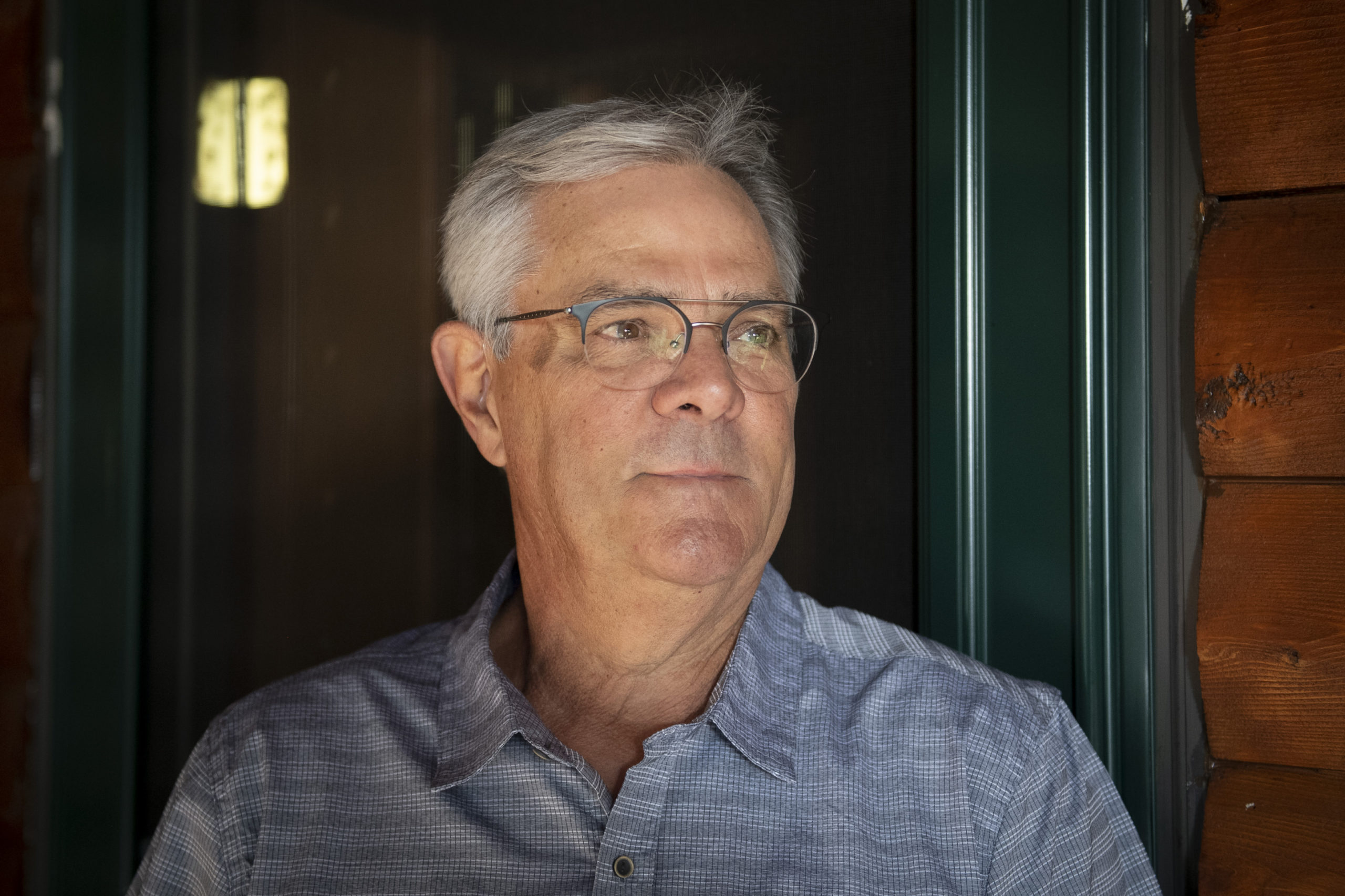
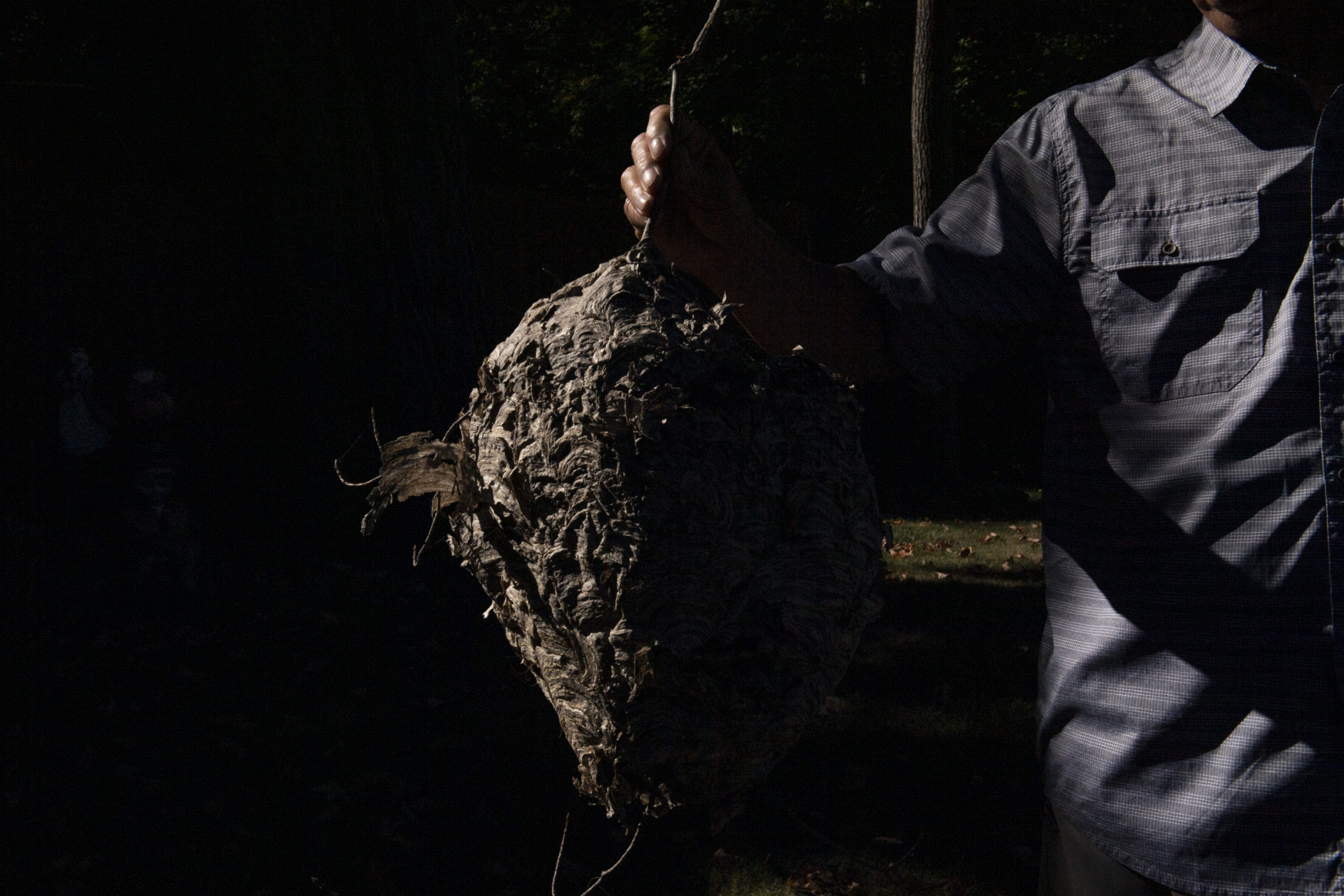
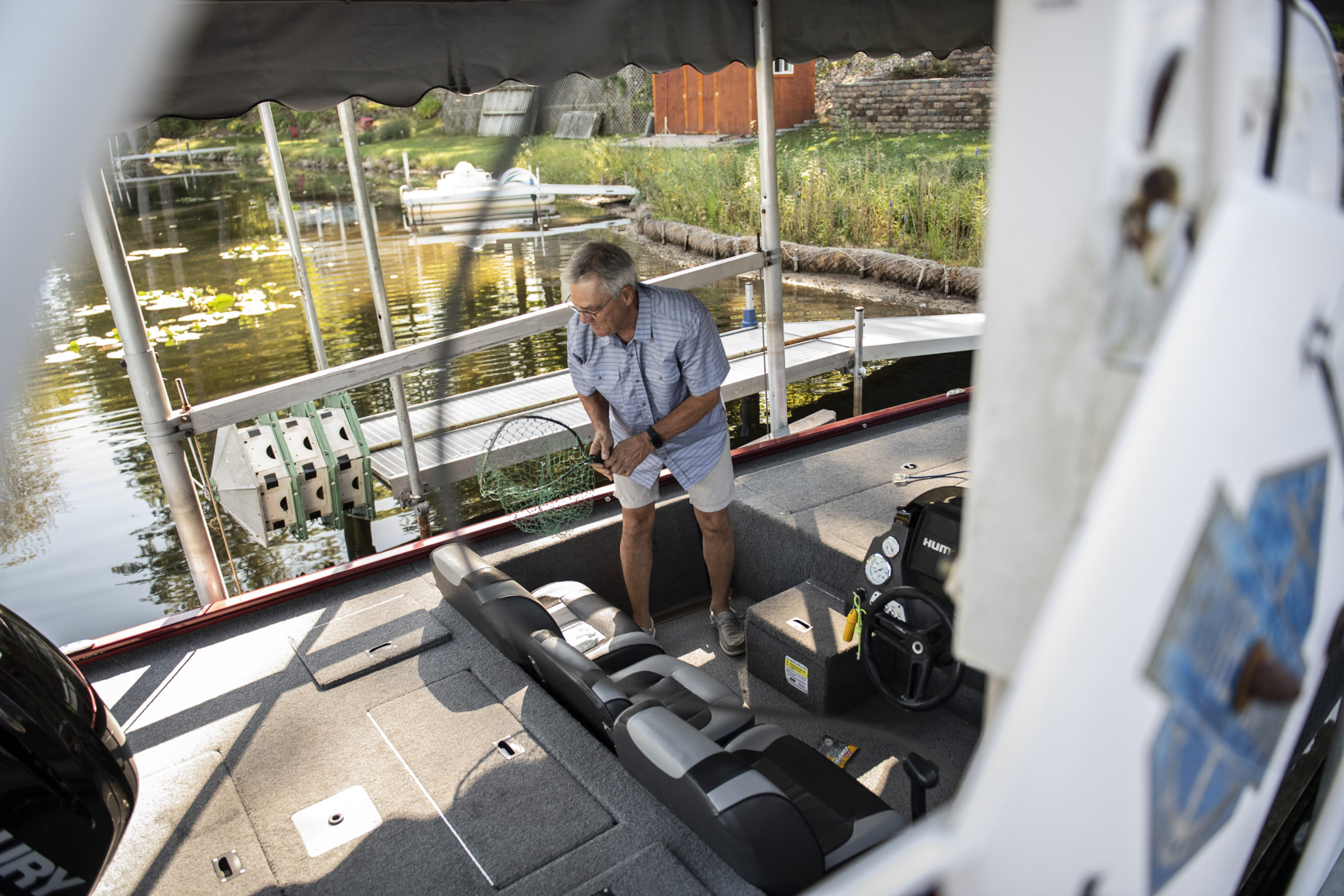
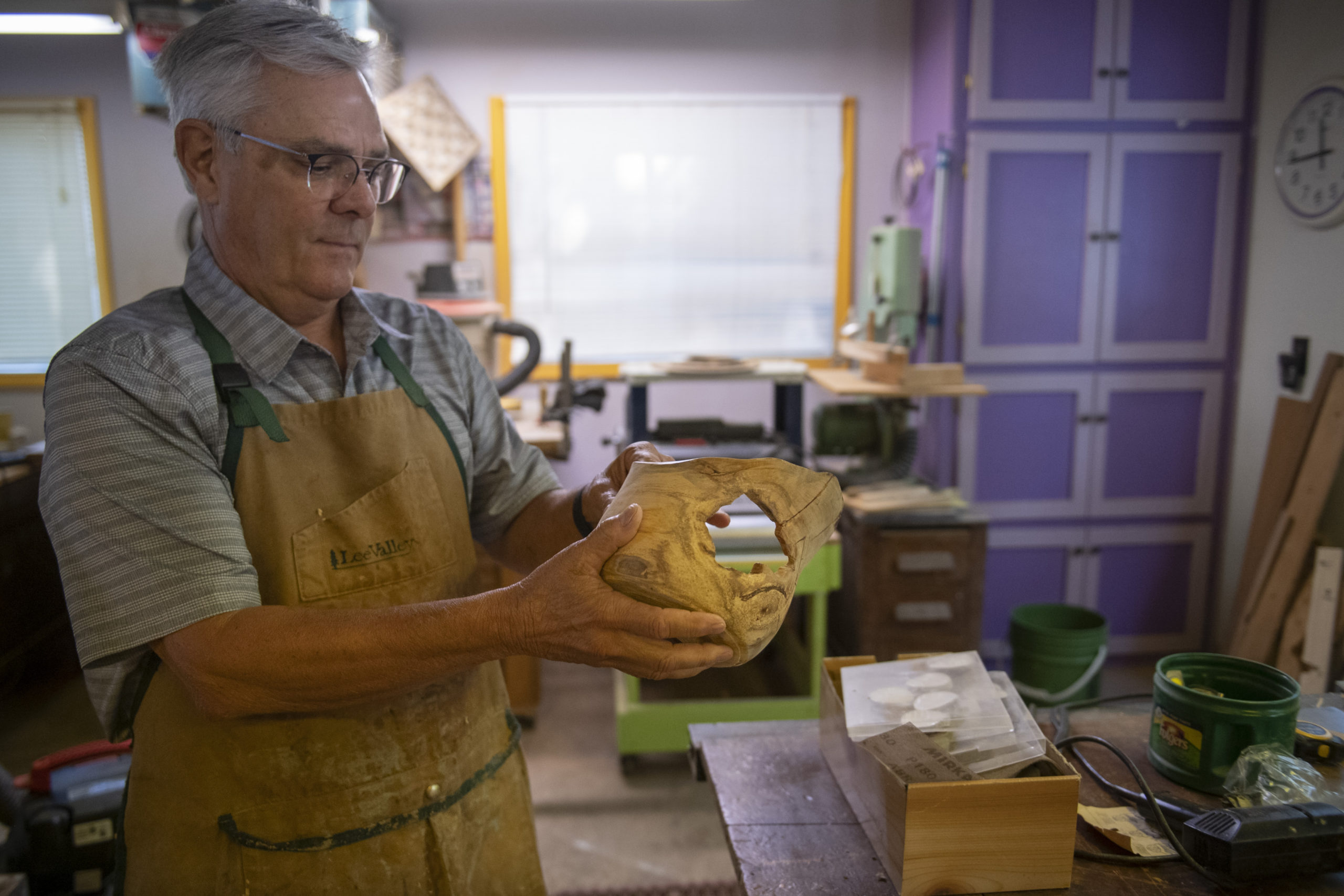
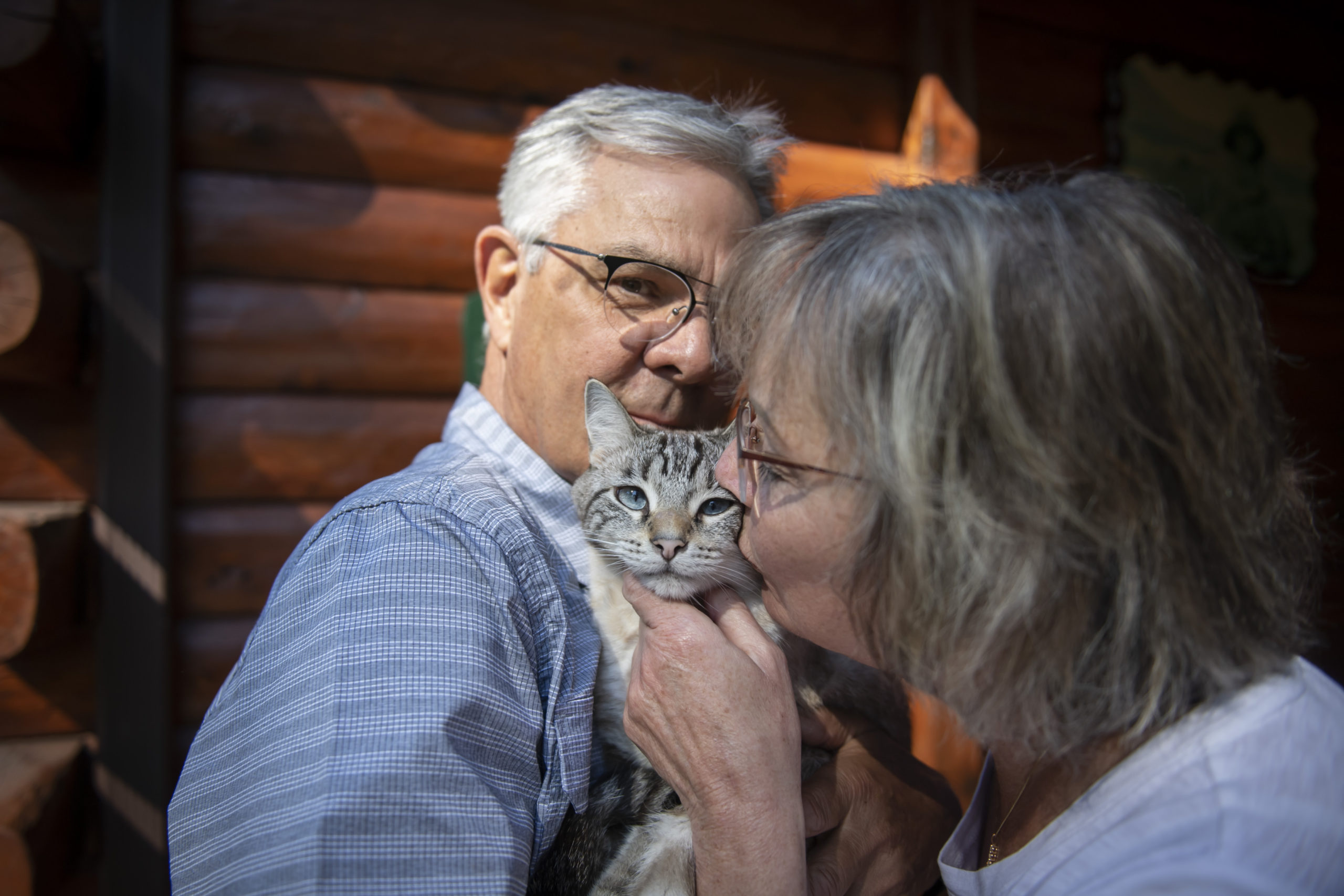
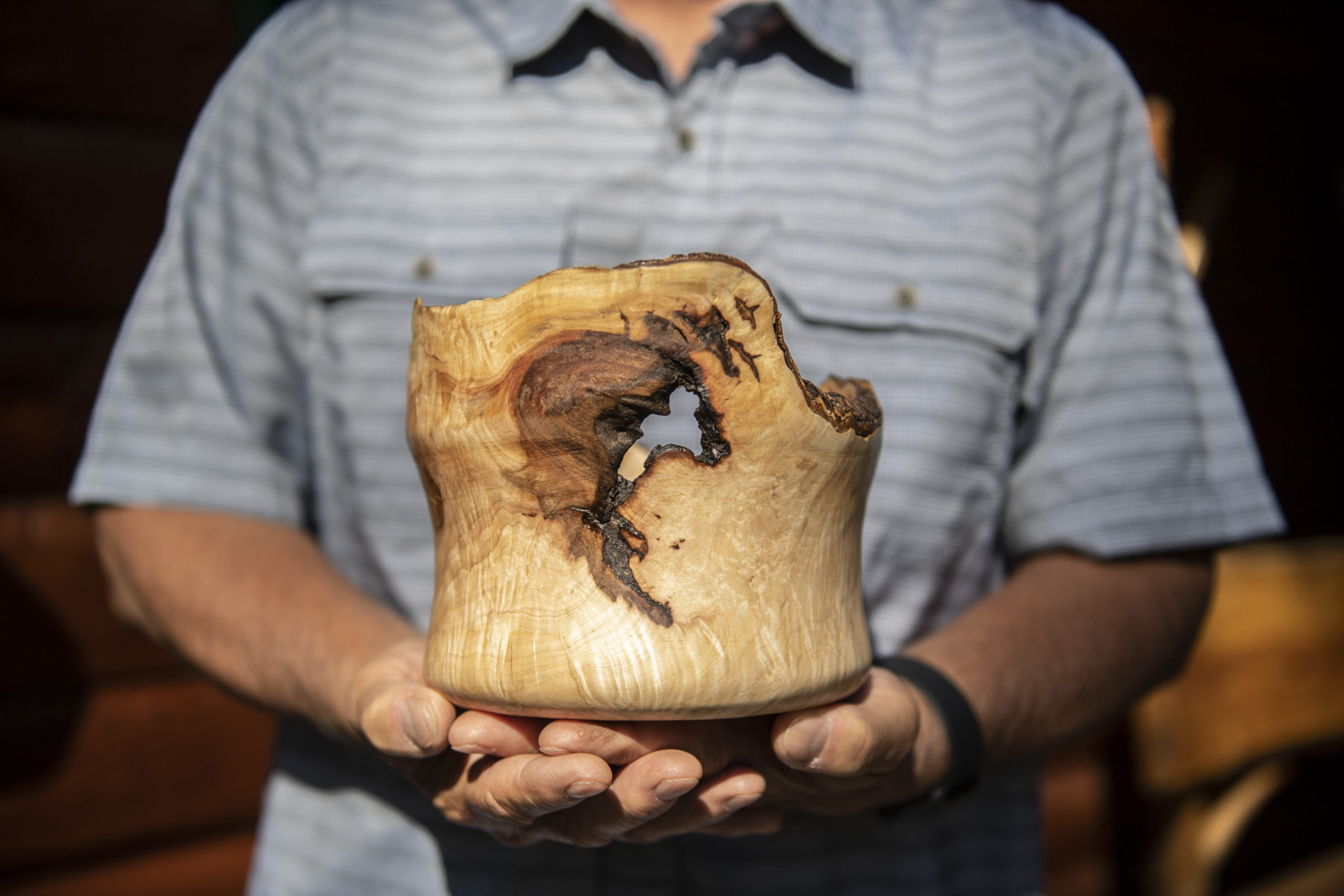
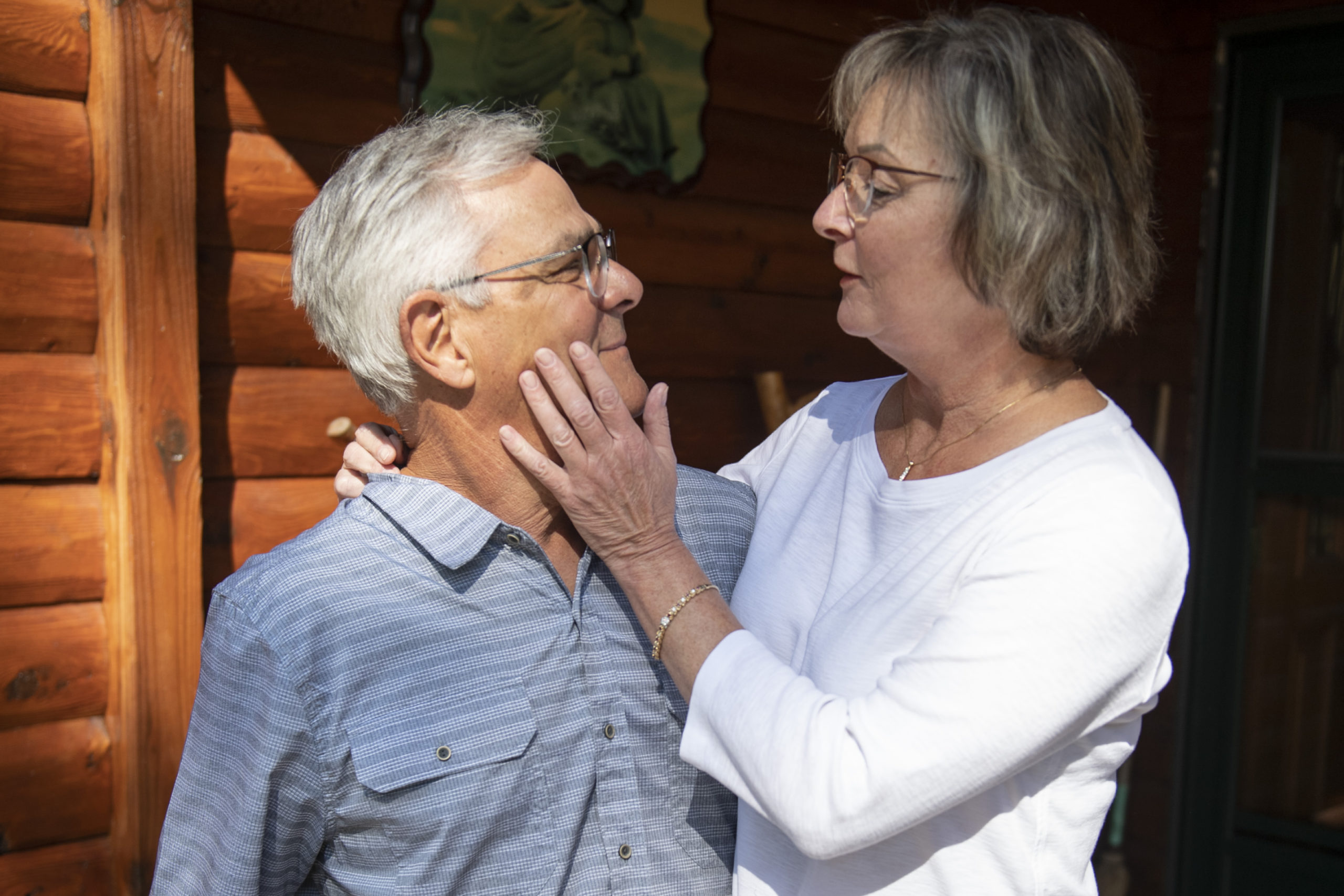
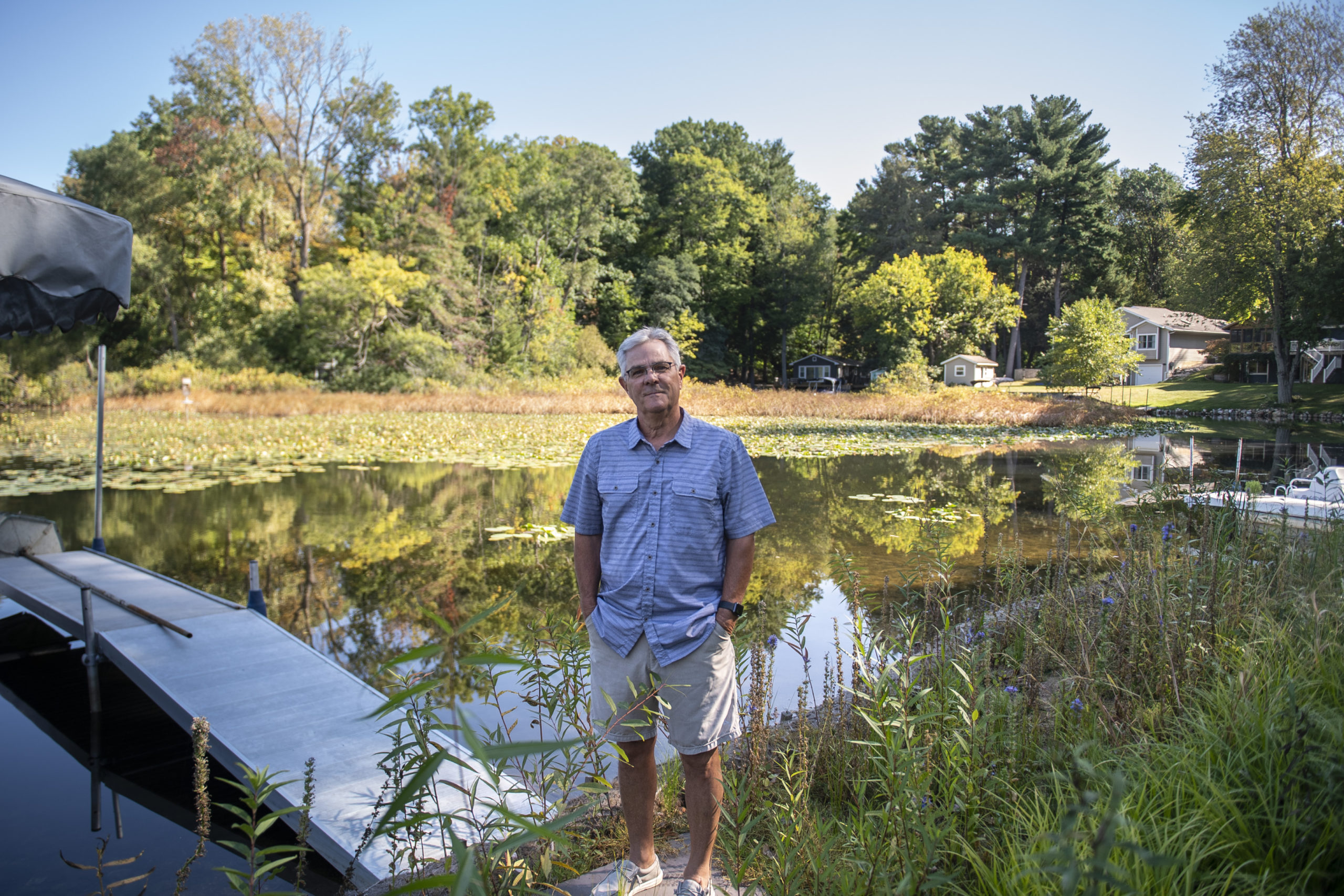

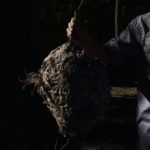
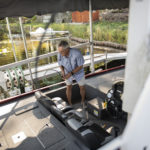
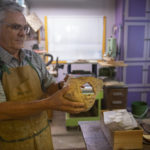
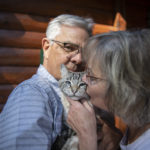
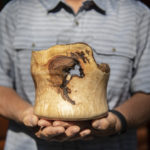


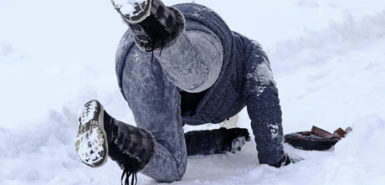 /a>
/a>
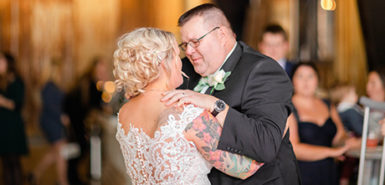 /a>
/a>
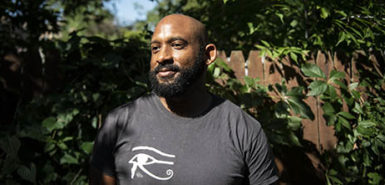 /a>
/a>